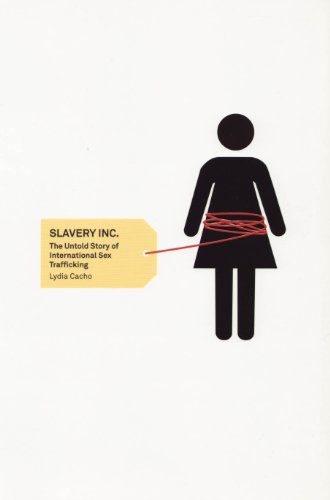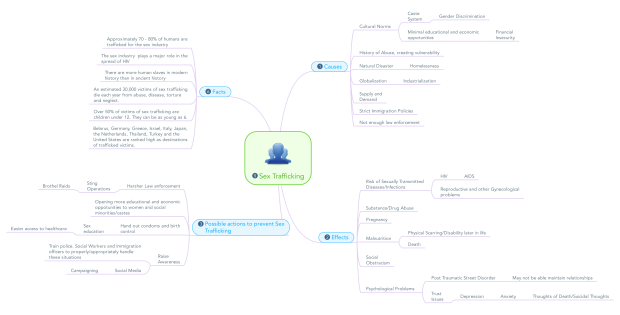This is a tourism industry for the purpose of engaging in the prostitution of children or minors – this commercially facilitates child sexual abuse. This is has many negative and horrendous long term consequences for the abused, exploited children such as the risk of sexually transmitted diseases, AID/HIV, drug addiction, pregnancy, malnutrition, social ostracism and even death.
Child Sex Tourism is part of the multi-million dollar global sex tourism industry and victimizes approximately 2 million children all around the world. These children are often lured or kidnapped into sexual slavery; more than often they are sold by their own parents for money or with promises of finding jobs in larger cities, such as Bangladesh and Bangkok. The majority of sexually exploited children are under 12 years old.
The Tourists
The “tourists”, who use their status for the sole purpose of sexually abusing these children, are not necessarily pedophiles like the majority believe. These tourists often called situational or preferential users – Preferential Users exploit children under the belief that the risk of venereal disease is much lower. Situational Users who do not actively seek out children but the actual act is opportunistic; often these users do not care about the age of the children before sexually engaging with them. They use the internet to plan their trips by seeking out, trading information about the sex tourism industry and where these children can be found. Offenders can be local or international travelers, man or woman, from different age groups and backgrounds.
Why does this happen? Who are the victims?
The Child sex tourism industry is linked closely to poverty, armed conflicts, rapid industrialization, and exploding population growth. Street Children, in places like Southeast Asia and Latin America, often prostitute themselves as a last resort. Additionally, these vulnerable children are easy targets for traffickers. Sex tourism targeting children creates huge monetary value to traffickers, and there is a market demanding a supply of children. The suppliers are often family members such as parents, friends, or trusted acquaintances. They lure and trick children into sexual slavery to gain a profit from themselves. Victims are usually from socio-economically disadvantaged backgrounds; they may also come from ethnic minorities, displaced communities, and other marginalized social groups. Victims, who are often no strangers to abuse and neglect, are of both genders. Working children or those even born in a tourism destination are more than often exploited.
Global Response and Law enforcement
In recent years, there has been an increase of prosecution of child sex tourism offences. At 38 countries have extraterritorial laws that allow them to prosecute offender’s specifically for child sexual abuse crimes committed whilst aboard and 31 nations have more general extraterritorial laws that could be used to prosecute offenders for crimes committed during sex tourism trips. NGO’s, the tourism industry and the government have addressed and trying to combat the issue. The World Tourism Organization (WTO) established a task force to combat CST. The WTO, ECPAT (End Child Prostitution, Child Pornography and Trafficking of Children for Sexual Purposes) and Nordic tour operators created a global The Code of Conduct for the Sexual Exploitation of Children in Travel and Tourism in Travel and Tourism in 1996. As of April 2013, over 1200 travel companies from 40 countries had signed the code. US immigration and Customs Enforcement participate in investigating and capturing child sex tourists. In 2003, they arrested more than 11,000 child sexual abusers, with an additional 1,100 outside of the United States alone. Whilst Immigration and Customs Enforcement refuse to comment on their methods of operation; reports have suggested the use of undercover agents, sting operations, and sophisticated technologies.
Resources:
“Child Sex Tourism.” Wikipedia. Wikimedia Foundation. Web. 20 May 2016.
“Understanding Child Sex Tourism | The Code.” Understanding Child Sex Tourism | The Code. The Code. Web. 20 May 2016.
ECPAT International. Combating Child Sex Tourism: Questions and Answers. Bangkok: ECPAT International, 2008. Print.
Rossetti, Dante Gabriel. Found. 1854 – 55. Pen and black ink, framed in pencil, on paper. Tate Gallery, London.



















